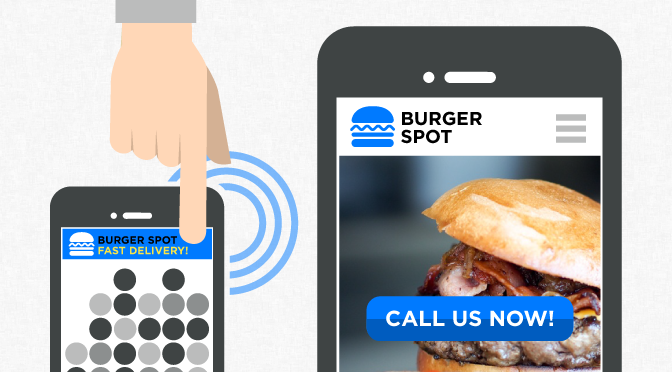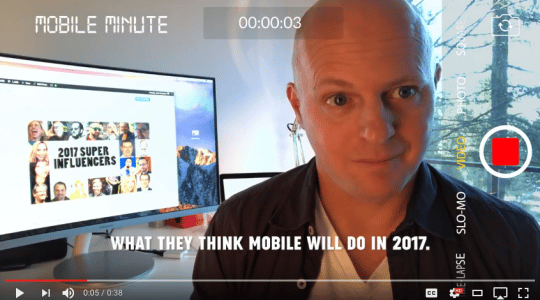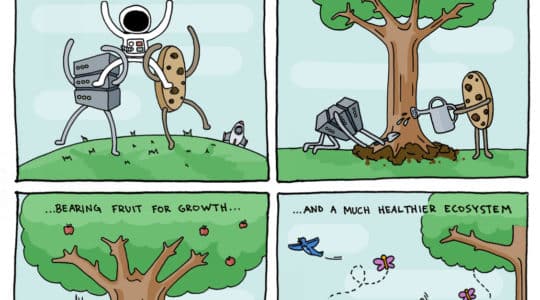
Keeping up with mobile marketing can sometimes leave little time to figure out what commonly-used words actually mean. Have you ever sat through a meeting where words were thrown around but the conversation was moving too quickly to ask what they all meant? Here are definitions for terms we hear mobile marketers say often, but rarely define outright.
This is our second iteration, and you can find the first set of vocabulary in “13 words every mobile marketer should know.”
Ad spend: The budget allotted to spend on advertising by a company to promote their product or service.
App store discoverability: The likelihood of an app showing up in a user’s app store search, category rankings like top charts, or featured placements. For example, if you have a gaming app, you strive to have your app show in a high ranking (maybe top 50) in the app store.
Attribution window: The maximum time allowed between an ad click or impression and a conversion when performing attribution. Attribution windows are determined on a per-partner basis and are part of your contract with your advertising partners. Conversions occurring outside of this window can be considered non-windowed assists, or install contributions.
Bots: Bots, or web robots, take a task that you can do (like making a restaurant reservation online) and make it an automatic and repetitive process. They perform these tasks with written scripts. Bots can do positive and productive tasks, like put a meeting on your calendar. They can also be extremely harmful for marketing campaigns and create fraudulent activity, making it look like ads are getting a lot of traffic but that traffic is not humans, but instead it is bots creating clicks or impressions.
Conversion: When a user signs up, makes a purchase, or performs some other desired action in response to a marketing activity. Also called an acquisition or action, used especially to distinguish it from clicks in an acronym.
Creatives: The design or artwork that promote an ad. Below is a creative with a call to action for the customer to call “Burger Spot.”

Daily active users (DAU): The numbers of people using an app daily. This metric matters because app usage is a winner-take-all game, and if people aren’t actively using an app on a consistent basis, it becomes irrelevant.
Fingerprint matching: A mobile attribution methodology that matches conversions (installs, opens, events) to ad clicks and impressions by redirecting a user through a measurement URL and collecting basic (and not always 100% unique) information (such as IP address) from mobile device headers. This attribution method is particularly useful in cases where a unique device ID (such as IFA or Google AID) is not available.
Geofence: A geofence is a virtual boundary. For mobile advertising, for example, a retail store can set a geofence around their store. Once a user enters within that geo-fence, the retail store can send a message or offer to entice them to visit their establishment. Imagine walking by a drugstore and receiving a message on your phone for a free pack of gum with any purchase.
In-app marketing (IAM): Advertising within an app. Think of being in a travel app purchasing airline tickets and an advertisement for a car rental in your arrival city pops up.
Lifetime value (LTV): How much revenue received during the whole time a user is active within an app.
Measurement URL: The primary mechanism for measuring ad clicks/impressions to be used for attributing a subsequent conversion to the appropriate advertising partner. Advertising partners link their ads to a measurement URL such that user-generated ad clicks get logged by a measurement platform for downstream attribution.
Monthly active users (MAU): Daily active users (DAU) is a good measure for that because it smooths out spikiness over time. Things like overall session-length are good for measuring engagement, but DAU-over-time is the best ‘scoreboard’ for whether you’re truly sticky or not
Push notification: A message to a user’s smartphone when they are not actively using the app. For instance, a shopping app can send a push notification promoting a 10% discount if the users makes a purchase that day.
Redirect: A redirect sends a user to a new page. For instance, if a user clicks is in an app and clicks on an ad for a retail site, they will be redirected to a page in a mobile web browser.
Return on ad spend (ROAS): The amount of money made from advertising to users. Marketers can track their ad spend in one dashboard with a free platform like Multiverse.
Segments: Chunks of users separated by different categories, such as age, gender, location, language, operating system, amount of time since last app usage, etc. One mobile marketing strategy is to segment users when sending them ads.
Software development kit (SDK): A tool that allows programmers to develop apps for a specific platform. To enhance apps with more functionalities, ads, push notifications and more, developers much implement special software development kits.
This is a small sampling of terms used throughout mobile marketing chatter, blogs, and industry content.
Author
Becky is the Senior Content Marketing Manager at TUNE. Before TUNE, she handled content strategy and marketing communications at several tech startups in the Bay Area. Becky received her bachelor's degree in English from Wake Forest University. After a decade in San Francisco and Seattle, she has returned home to Charleston, SC, where you can find her strolling through Hampton Park with her pup and enjoying the simple things in life.




Leave a Reply
You must be logged in to post a comment.